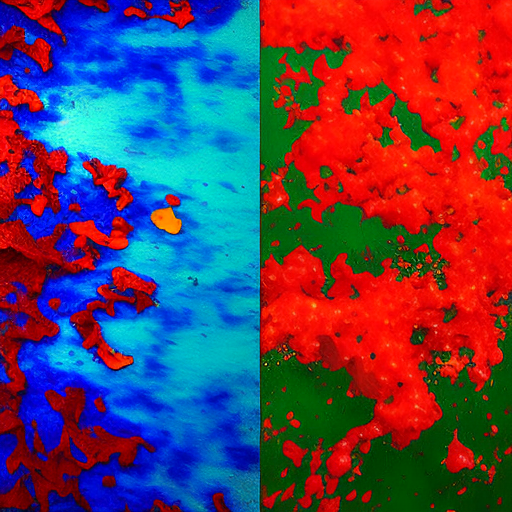Summary: Abstract Expressionism is a post-World War II art movement that emerged in the United States. It is characterized by its emphasis on spontaneous, gestural brushwork and the expression of emotions and ideas through abstract forms. This movement had a significant impact on the development of modern art and continues to influence artists today.
Origins and Influences
Abstract Expressionism emerged in the 1940s and 1950s in New York City, becoming the first major American art movement to gain international recognition. It was influenced by several factors, including the trauma of World War II, the rise of modernism, and the influx of European artists who fled to the United States during the war. The movement was also influenced by earlier art movements such as Cubism, Surrealism, and German Expressionism.
Characteristics
Abstract Expressionism is characterized by its emphasis on spontaneity and the expression of emotions and ideas through abstract forms. Artists of this movement sought to convey their inner experiences and explore the subconscious through their work. They often used large canvases and bold brushstrokes, creating dynamic and energetic compositions. The use of color was also important, with artists often using vibrant and contrasting colors to evoke certain moods or emotions.
Major Artists
Abstract Expressionism was comprised of several major artists who made significant contributions to the movement. Jackson Pollock is perhaps the most well-known figure associated with Abstract Expressionism. His drip paintings, created by pouring and dripping paint onto the canvas, are iconic examples of the movement. Other notable artists include Willem de Kooning, Mark Rothko, Franz Kline, and Clyfford Still. Each artist had their own unique style and approach, but all shared a commitment to exploring the expressive potential of abstract art.
Impact and Legacy
Abstract Expressionism had a profound impact on the development of modern art. It challenged traditional notions of representation and paved the way for future art movements such as Minimalism and Color Field painting. The movement also helped establish New York City as the center of the art world, shifting the focus away from Europe. Abstract Expressionism continues to influence artists today, with its emphasis on individual expression and the exploration of the subconscious remaining relevant.
Criticism and Interpretation
While Abstract Expressionism was celebrated for its innovation and emotional intensity, it also faced criticism. Some critics argued that the movement was too focused on the individual artist and lacked a coherent artistic philosophy. Others questioned the authenticity of the spontaneous brushwork, suggesting that it was contrived or calculated. Over time, interpretations of Abstract Expressionism have evolved, with scholars exploring themes such as gender, race, and politics within the movement.
Conclusion
Abstract Expressionism was a groundbreaking art movement that emerged in post-World War II America. It emphasized spontaneity, gestural brushwork, and the expression of emotions and ideas through abstract forms. The movement had a significant impact on the development of modern art and continues to influence artists today. Despite facing criticism, Abstract Expressionism remains an important and influential chapter in the history of art.












